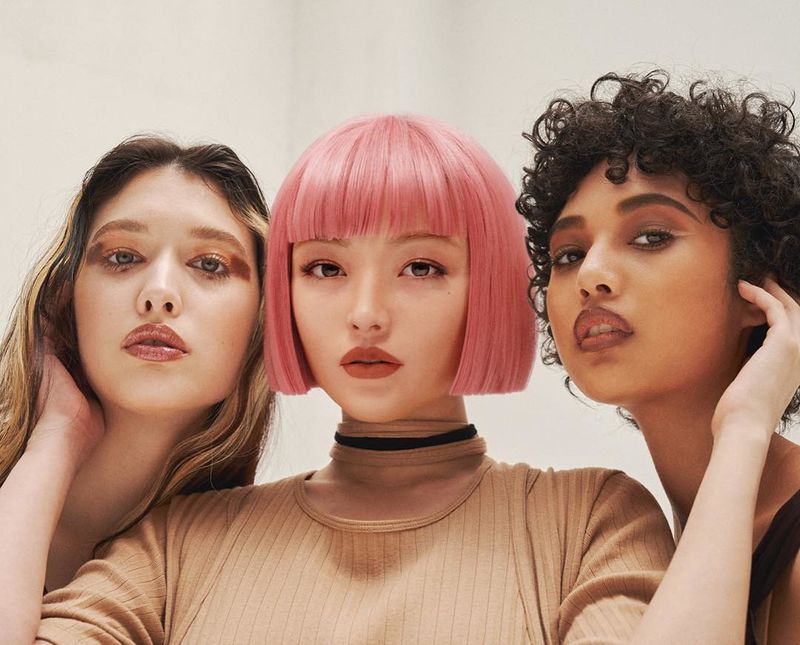Kate Moss modelled for Armani, Alexander McQueen, Calvin Klein and an endless number of other prestigious companies. She is one of the most successful models in the world and her name is well-known far-beyond the fashion industry. Models, such as Kate Moss, Kendall Jenner and Gisele Bündchen embody the dream of a luxury and light-hearted model life. In fact, a lot of teenage girls have posters of their idols hung up on their walls reflecting their one and only dream to once also become as famous and successful as they are. Becoming a famous model has even become a TV event through various casting shows looking for “Miss America” or “Germany’s Next Topmodel”. Yet, just as technology changes all fields of our lives this could also happen in the modelling industry.
What if Daisy Page is the world’s next Gisele Bündchen? A casting show host would definitely say that the 19-year-old model has potential. Nevertheless, she could not take on runway jobs because Daisy Page is the first 100% computer-generated model signed to a major international agency (McQuarrie, 2019). She embodies the potential of AI generated models in this industry. Yet, she is not the first “fake” model. In fact, the industry behind AI generated convincing looks is growing rapidly. For example, an agency is offering 100,000 free AI-generated headshots to use as stock footage (Porter,2019). While the quality of these headshots is still not as advanced as single model pictures, it does have the potential to be a true alternative to actual stock footage. See for yourself in the video below.
While it is a fact that classical fashion models, presenting the newest trends can easily be replaced by computer-generated people, there remain some ethical concerns (McQuarrie, 2019). Firstly, all AI created pictures are based on data from real photographs. Hence, how can we be sure that the algorithm will not create a “fake” person looking seemingly the same as an existing person? In such a case privacy rights would be endangered. Secondly, once reality and the artificial world blur the beauty ideal will probably be heavily influenced by non-existing beautiful people. This is especially dangerous for young people and could lead to even more social pressure. Hence, the question comes up whether computer-generated models should be further supported to enhance technological advancement or should be limited by legislation?

